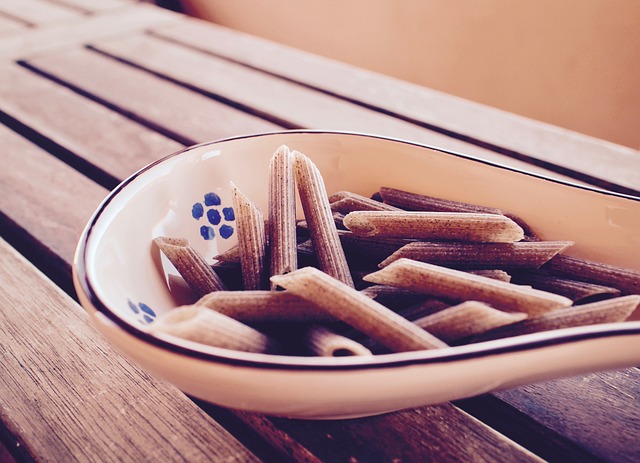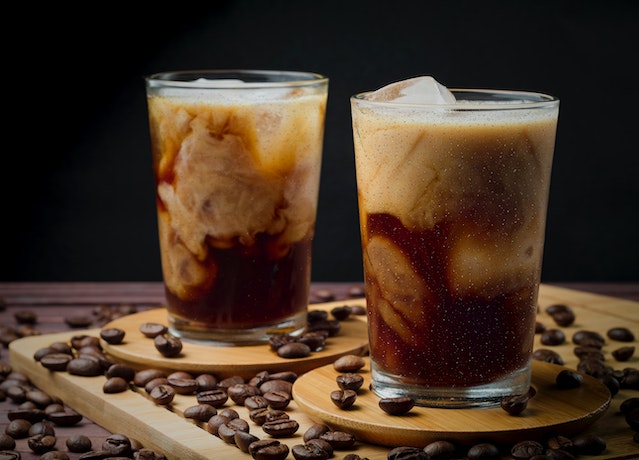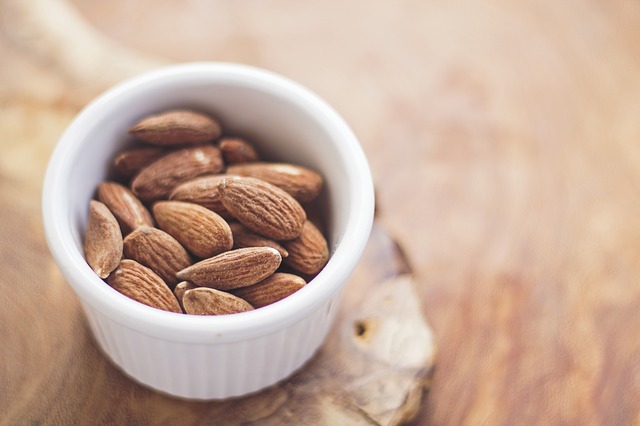Buckwheat is not what it sounds like. It is not part of the wheat family. Rather it is a seed from a flowering plant. It's name comes from the fact that these seeds or groats, which are triangular in shape, resemble the seeds of the beech tree. Thus is has been called beech wheat or the buckwheat.
Buckwheat does have a long history qualifying as one of the ancient grains. It was first known as a cultivated crop about 4000 years ago in the Balkan area of Europe but it also is known to have gone to SE Asia and then Central Asia, the Middle East, and Europe.
Buckwheat came to the US with the European colonists. It seems to grow well under less than ideal conditions including short seasons and acidic and underfertilized soil. It is also often used as a cover crop by farmers. Buckwheat is in the same family as rhubarb.
The more hull that is included in the flour, the darker the flour. Darker flour is heavier, more dense, more nutritious, and has a stronger taste, (much like the difference between white and whole wheat flours).
The light flour is milder with a better rise. And the discarded hulls from the lighter buckwheat? They use them to fill homeopathic pillows and also in heating and cooling packs.
Benefits of Buckwheat
Buckwheat is high in well-balanced protein, although that protein is not always well-digested by all people. Growing children and those with irritable bowel issues probably should look elsewhere for a reliable source of protein.
Buckwheat is high in:
- amino acids
- fatty acids
- some B vitamins
It contains higher levels of zinc, copper, and manganese than other cereal grains and all of these and potassium are readily useable in the body (in contrast to some other grains).
It is high in soluble fiber, which helps to slow down the rate of sugar absorption so it is a helpful grain for diabetics. It also may stimulate the growth of good bacteria in the gut.
What to do with Buckwheat
Since it has a very distinct flavor that should be kept in mind when deciding to use it in a given recipe. Probably chocolate chip cookies or cakes are not a great choice.
Buckwheat flour is best used in:
- brownies
- cookie bars
- pancakes
- pasta
- and even in loaves of bread
My favorite way to use the flour is in pancakes. Gluten Free Girl has a great recipe for making your own gluten-free flour mixes. She advises 40% of 1 or more gluten-free whole grain flours and 60% white flours and starches like tapioca or potato starch.
When I make pancakes I like to use mostly buckwheat flour for that 40% and sometimes mix it with sorghum flour (more on that coming up another week) or brown rice or almond flour.
Buckwheat can also be cooked as a cereal in a 2:1 ratio of water to groats. If you want an oatmeal-like consistency then just cook for 12-15 minutes and serve when the water is absorbed and groats are slightly chewy.
If you want to use it in a tabbouli or pilaf then the groats should first be coated with egg or oil and heated in a skillet until dry. After that, the water can be added and the groats cooked. This is known as kasha and is popular in places like Ukraine and Russia.
Buckwheat is also the grain in soba noodles popular in China and Korea. Take care if you are gluten free as many packaged buckwheat noodles also contain wheat in addition to buckwheat.
For more on the topic see the articles below from which I derived some of my information.
- Buckwheat: December Grain of the Month
- Buckwheat Flour
- Are Pasteurized Almonds Good or Bad? - January 31, 2022
- Nutrition of Peanuts - November 20, 2013
- Happy With Hickory Nuts - November 13, 2013


